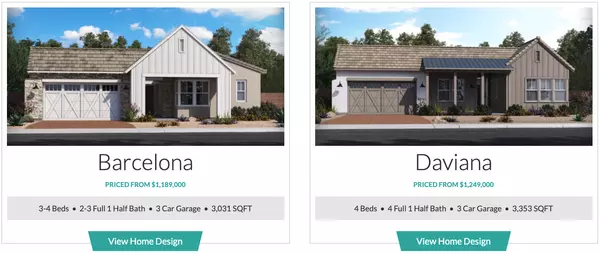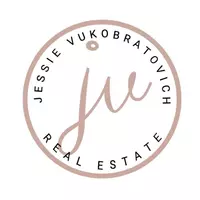Renovating Before Selling: A Guide to Getting the Best ROI

If you’re selling your home, you’ve probably wondered if renovating first is worth it. The truth? Some upgrades can significantly boost your home’s value, while others are a waste of money. Let’s focus on what actually works, how to budget wisely, and whether you should DIY or call in the pros.
1. Which Upgrades Provide the Best ROI?
Not all renovations are created equal. Some deliver big returns, while others barely move the needle.
Top ROI Renovations:
- Fresh Paint (ROI: Up to 200%)
- A fresh coat of neutral paint (think greige or off-white) makes your home look clean, modern, and move-in ready. This is one of the cheapest and most effective upgrades.
- Minor Kitchen Remodel (ROI: 75-100%)
- Focus on affordable updates like painting cabinets, swapping outdated hardware, or replacing countertops. A full gut job isn’t necessary unless the kitchen is severely outdated.
- Bathroom Refresh (ROI: 70-90%)
- Replace faucets, regrout tiles, or install a new vanity. Clean, modern bathrooms are a huge selling point.
- Curb Appeal (ROI: 100% or More)
- First impressions matter. Power wash the driveway, plant flowers, add mulch, and repaint the front door.
Low-ROI Renovations to Avoid:
- Luxury Upgrades: High-end home theaters or custom wine cellars appeal to a small audience and rarely recoup costs.
- Over-Personalized Changes: Bold paint colors or quirky fixtures may turn buyers off.
2. How to Budget for Renovations
Renovating doesn’t mean throwing money at your home and hoping for the best. You need a clear budget and a plan.
Steps to Budget Smartly:
- Set a Limit: Spend no more than 10% of your home’s current value on renovations.
- Prioritize High-Impact Areas: Focus on kitchens, bathrooms, and curb appeal.
- Get Multiple Quotes: If hiring a pro, compare at least three quotes to avoid overpaying.
- Track Your Spending: Use a spreadsheet or app to monitor costs and avoid going over budget.
Budget Pitfalls to Avoid:
- Over-improving for the Neighborhood: Adding luxury finishes to a mid-range home won’t yield a strong ROI.
- Neglecting Small Repairs: Buyers notice scuffed floors, squeaky doors, and loose handles. These little fixes can make or break a sale.
3. Should You DIY or Hire a Professional?
While DIY can save money, it’s not always the best choice.
When to DIY:
- Small, Low-Risk Projects: Painting, landscaping, or swapping out hardware.
- If You Have Experience: Stick to tasks you know how to do well.
When to Hire a Pro:
- Big-Ticket Items: Electrical, plumbing, or anything requiring permits.
- Projects Buyers Will Scrutinize: Kitchens and bathrooms need to look polished and professional.
- Tight Timelines: If you’re on a deadline, pros can save you time and stress.
Final Thoughts
Renovating before selling can boost your home’s value—but only if you’re smart about it. Focus on high-ROI projects like paint, kitchen and bathroom updates, and curb appeal. Set a budget, avoid unnecessary upgrades, and know when to call in the experts.
Want advice on what updates will work best for your home? Reach out…I’d love to help you maximize your sale price and make your move a success.
-Jessie Vukobratovich
480-678-9397
@JessieVRealty on Instagram
Recent Posts













